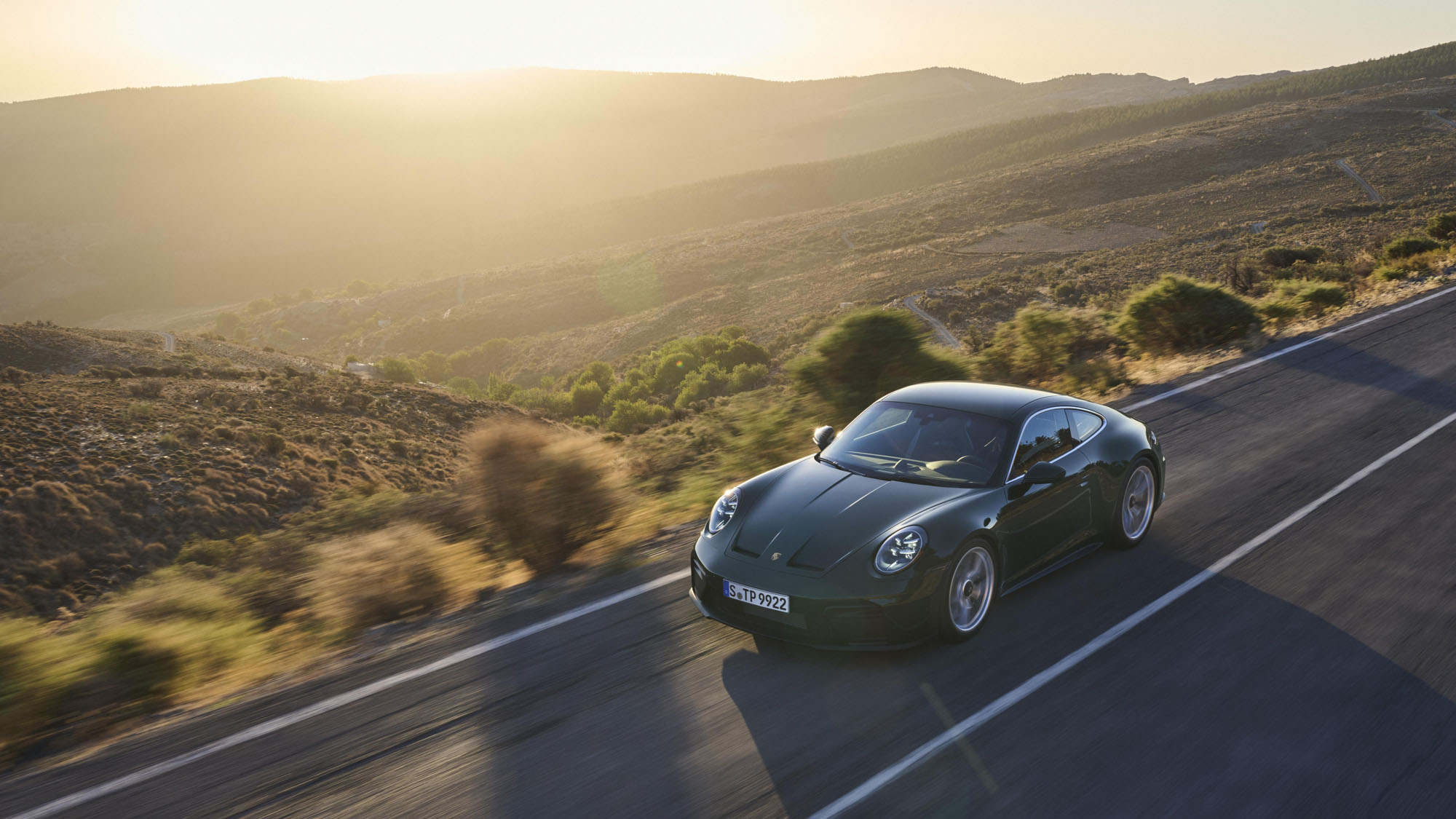Best Porsche Under $250K: The Ultimate Performance Machines
With a budget of $250,000, you gain access to some of the most desirable Porsches ever built. From high-performance 911 GT models to rare, limited-production supercars, this price range opens the door to an elite level of driving excitement. Whether you’re looking for a precision-engineered track weapon, a high-powered grand tourer, or even a future collectible, the options in this range represent the pinnacle of Porsche performance and craftsmanship. In this guide, we break down the best Porsches under $250K, helping you find the perfect balance of speed, prestige, and pure driving pleasure. Let’s explore your dream Porsche! Don’t forget to check out all of our Porsche buyers guides hub and Porsche buyer’s guides by budget.
An Introduction
In this concluding article, we cross the 150k price barrier where the atmosphere becomes more rarified. Our upper limit of $250,000 reflects Porsche’s US pricing structure: in late 2024 the most expensive 911s are the Turbo S Cabrio at $243,000 and the GT3 RS at $241,000. Only limited editions such as the 992 S/T (a total of 1963 is scheduled) retail beyond our quarter of a million, but as has regrettably happened in the past, notably with the 997 RS four litre in 2010 and the 991 R in 2016, 992 S/Ts are reportedly already changing hands for near half a million dollars. To judge from the current asking prices for both the 997 RS 4.0 and the 991R, S/T offers are unlikely to fall much in the short or medium term.
No Subscription? You’re missing out
Get immediate ad-free access to all our premium content.
Get Started



